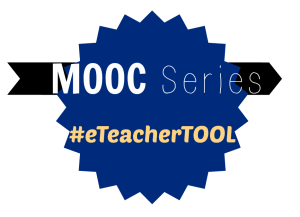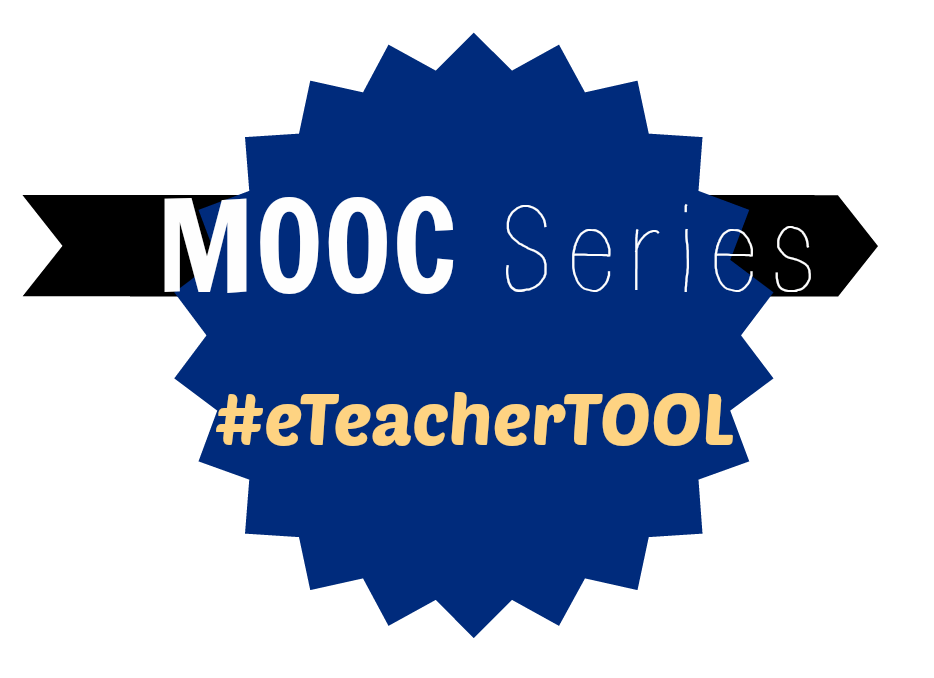 This post is one in a series for a MOOC. You can find similar posts searching under the Category MOOC or searching for hashtag #eteacherTOOL for more about this particular MOOC.
This post is one in a series for a MOOC. You can find similar posts searching under the Category MOOC or searching for hashtag #eteacherTOOL for more about this particular MOOC.
I have a concern with Fair Use Defined video used in this assignment.
It perpetuates the “10% rule” I have heard my entire teaching career. Under Fair Use a better guideline would be – did you use only enough of the work to accomplish your goal? I have heard that “10% rule” consistently in all three states in which I have taught. I guess sometimes in education we all get stuck in a rut. This would be a great time to examine that misrepresentation.
While both this video and the Media Education Lab basically agree on the “four factors”:
- nature of the use
- nature of the work used
- extent of the use
- economic effect
The video claims, “Generally, if you are using 10% or less it is more likely to be considered Fair Use.” When in fact you could be using less than 10% of something and still not be within the spirit of Fair Use and could be sued. The video implies the percentage of a work used is the important factor, but really the percentage or total amount of an item used is not the guiding measurement, but rather – did you use only enough of the work to accomplish your goal?
Please consider replacing this potentially misleading information with something based on the Media Education Lab‘s Code of Best Practices in Fair Use for Media Literacy Education. What follows in an excerpt from that publication (pages 7-8):
THE TYRANNY OF GUIDELINES AND EXPERTS
Today, some educators mistakenly believe that the issues covered in the fair use principles below are not theirs to decide. They believe they must follow various kinds of “expert” guidance offered by others. In fact, the opposite is true.
The various negotiated agreements that have emerged since passage of the Copyright Act of 1976 have never had the force of law, and in fact, the guidelines bear little relationship to the actual doctrine of fair use. Sadly, as legal scholar Kenneth Crews has demonstrated in “The Law of Fair Use and the Illusion of Fair-Use Guidelines,” The Ohio State Law Journal 62 (2001): 602–700 (https://moritzlaw.osu.edu/lawjournal/issues volume62/number2/crews.pdf ), many
publications for educators reproduce the guidelines uncritically, presenting them as standards that must be adhered to in order to act lawfully. Experts (often nonlawyers) give conference workshops for K–12 teachers, technology coordinators, and library or media specialists where these guidelines and similar sets of purported rules are presented with rigid, official-looking tables and charts. At the same time, materials on copyright for the educational community tend to overstate the risk of educators being sued for copyright infringement—and in some cases convey outright misinformation about the subject. In effect, they interfere with genuine understanding of the purpose of copyright—to promote the advancement of knowledge through balancing the rights of owners and users.
In fact, this is an area in which educators themselves should be leaders rather than followers. Often, they can assert their own rights under fair use to make these decisions on their own, without approval. In rare cases where doing so would bring them into conflict with misguided institutional policies, they should assert their rights and seek to have those policies changed. More generally, educators should share their knowledge of fair use rights with library and media specialists, technology specialists, and other school leaders to assure that their fair use rights are put into institutional practice.
Taking into consideration that laws are only updated with a challenge, the best course of action would be to only use as much of any source as you need, be able to defend how much you use, in the educational field be aware of the correlation between the copyrighted materials and educational value each item brings to your transformed lesson because of the new contents.






2 Pingbacks